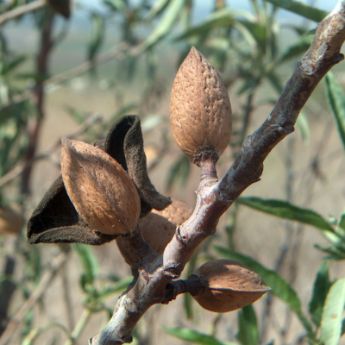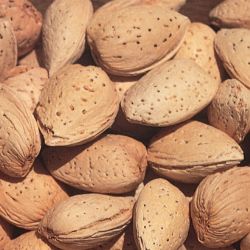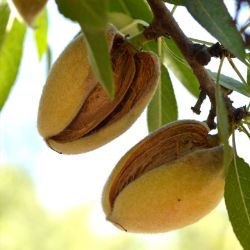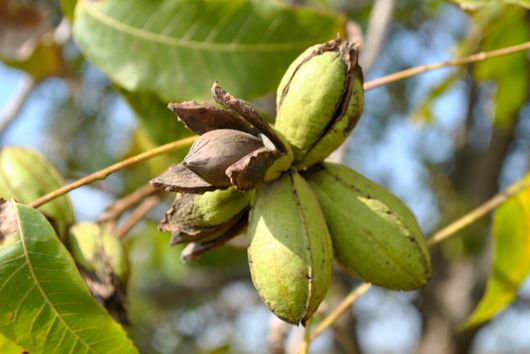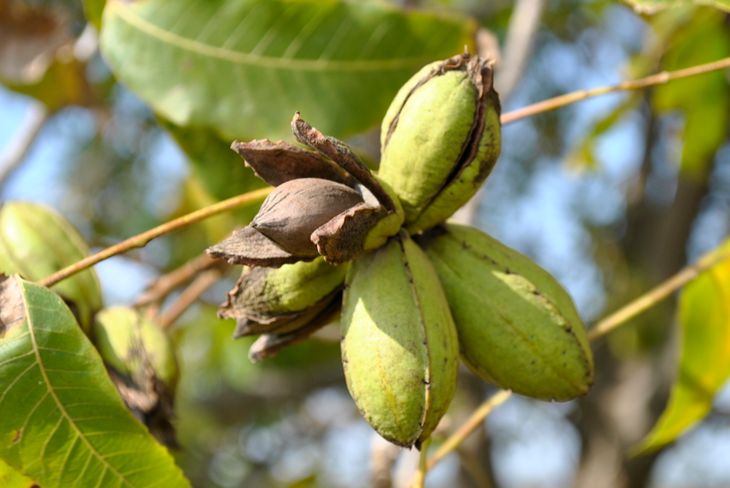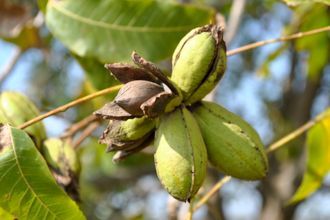Almond Trees
Almond Trees Buyer's Guide
Almond trees are well-suited for most home growers because of their small, compact nature. The almond tree is a relative of the peach tree and the edible almond seed even develops inside a peach-like fruit or “hull” that is discarded after harvest. The fragrant blossoms of the almond tree are highly attractive to bees and other insects and provide an excellent food source for these pollen carriers in early spring. Almonds are a nutritious, heart-healthy snack that will thoroughly impress you with their homegrown flavor! They can be eaten raw (after drying for several days), roasted, or made into a non-dairy almond “milk”. Enjoy homegrown almonds, which start to develop between years 2 and 4 (after planting) and steadily increase production each year after maturity.
To ensure your growing success and satisfaction, there are a few things to consider when you buy an almond tree.
Zone Compatibility
Your climate plays an important role in whether an almond tree will produce nuts or even survive. Almond trees prefer warmer climates. Most varieties grow well from zone 5 to 9. Before ordering, be sure a particular variety’s recommended hardiness zone range includes your area.
Mature Tree Size
Make sure you pick the right size tree for your space. When our almond trees mature they will be 12-20’ tall and wide, depending on variety.

